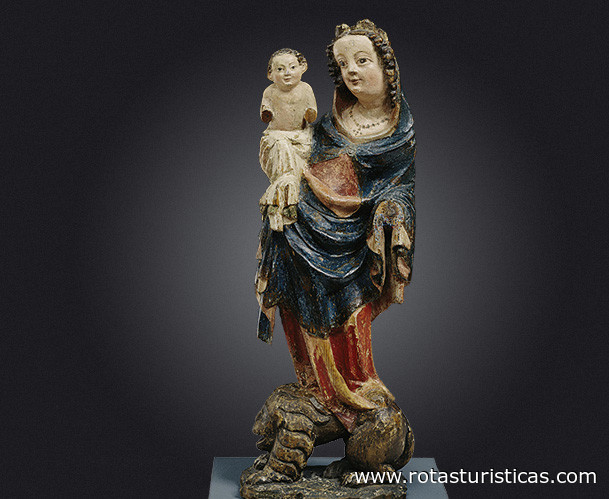Salzburgo, Salzburgo (estado), Austria
Suggest Place to Visit
2887
Track to location with GPS |
 |
The mining history in the region of Salzburg dates back over 5000 years. Leogang and the adjacent Pillersee valley is one of the oldest and most well-known mining regions. Especially, in medieval times mining accounted for the majority of Salzburg’s economy. Hence, mining was first mentioned in a document from 1425.
The most important mines were in the Schwarzleo valley. Throughout times of prosperity 60 miners mined 62876 hundredweights of ore per year. The ore was smelted at various other places in the village district Hütten, where a smelter already existed in 1542. The mine stewards ‘house, inn and the chapel still exist. (“Verhüttung” is the German word for smelting)
Salzburg’s coin masters produced the famous Salzburg silver thaler out of the high quality silver mined in Leogang. In the 18th century Leogang became famous throughout Europe for its wealth of nickel and cobalt-bearing ores. Cobalt was used to produce blue dye and was exported to the glassworks in Murano (Venice) and other areas.
At the beginning of the 19th century commissioner Matthäus Mielichhofer was entrusted with the quality improvement of mining products and the rationalization of work processes. Nevertheless, in 1831 the company had to close down for the first time. There had been several resumptions of work until World War I. For instance, the mining business in the region once again flourished in 1870 under shareholder and engineer Karl Krupp. Finally, the discovery of ore in New Caledonia (French group of islands, east of Australia) triggered the end of mining in the area of Leogang.
At the beginning of the 20th century magnesite was discovered in Leogang by Dr. Thodor Ohnesorge. The mineral from the Inschlagalpe mine was mined from 1936 to 1970 and smelted at the magnesite plant Hochfilzen, where mining continues up to the present day.
Miner’s life
Despite the mining regulations of Archbishop Matthäus Lang from 1532, which established working hours - 35 holidays per year - and provisions in case of an accident or ailment, life as a mine worker was still hard and meager. A miner worked 8-hour shifts 6 ½ days per week with sledge hammers, chisels, pickaxes, and shovels. The fire-setting method was used when the rock did not crack - an ancient but very dangerous and due to smoke generation unhealthy method. This method used fire to heat up the rock, which was then cooled with water. The resulting fissures in the stone and made it easier to exploit.
Moreover, before geoscientific methods allowed for the precise locating of ore miners had to rely on traditional methods such dowsing and more than anything the trust in God.
Opening Times Museum Leogang
Winter opening times: 27th December '12 - 28th March '13 On thursdays 18.30hrs - 20.30hrs, Guides on request.
Admissions
Admissions Museum Leogang
Grown ups € 6.90 | Groups of 10+ people € 5.80 | Students € 3.70 | Children up to 15yrs go free of charge | SalzburgCard - Free entry | Guided tour € 35.00
Comments
We don´t have yet any comments about:
Mining Museum Leogang
Mining Museum Leogang
Be the first to leave a comment as it is very important to inform other people
Outros locais a visitar
Within a radius of 20 km from:Mining Museum Leogang
Unfortunately we do not have information on other places to visit in this area yet
Hotel reservation near Mining Museum Leogang within a radius of 20 km
Why to book with TOURISTISCHE ROUTEN
The best prices
Our partnerships with the world´s largest operators offer research on the best market prices.
More options
At Rotas Turisticos you can book the hotel, buy the air ticket, book the transfer from the airport to the hotel and vice versa, book the local excursions, rent the car, take travel insurance and consult the places to visit and where to go.
Holiday Tips & Destinations
Hundreds of holiday destinations with all the options that allow you to easily choose the destination that best suits your dream vacation.
TOURISTISCHE ROUTEN
Links






